
Image credit: THK Co., Ltd.
A ball spline is a type of rolling bearing linear guide, similar to a round shaft and bushing assembly, but with a critical distinction in its operation. The shaft of a ball spline is much like a linear guide shaft, except that the spline shaft has grooves along its length. The spline nut (analogous to the bearing, or bushing, of a traditional rolling bearing guide) contains circuits of recirculating balls. But instead of the spline nut riding freely on the shaft with the ability to rotate as it travels, the load-carrying balls ride in the shaft grooves, which constrains the spline nut from rotating.
Another version of the ball spline is the rotary ball spline, which incorporates a rotating element — such as an angular contact ball bearing, crossed rollers, or gear teeth — on the outer diameter of the nut. This adds the capability of rotary motion to the linear motion provided by the ball spline — somewhat like a cross between a recirculating linear guide and a ball screw.
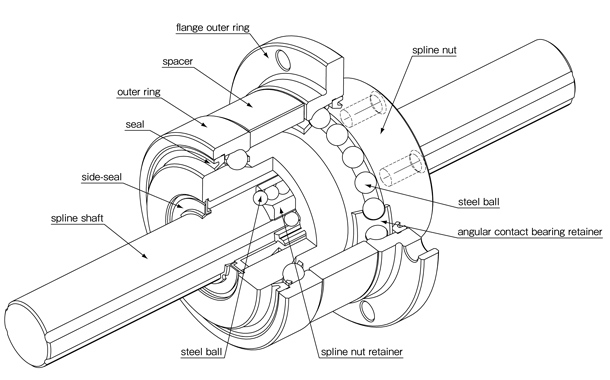
Image credit: NB Corporation of America
Because the recirculating balls of the spline nut ride in grooves, the contact area is greater than for ball bushings, giving ball splines much higher load capacities than ball bushing assemblies of the same size. But even though higher load capacity is a benefit, the primary reason many designers and engineers use ball splines is their ability to prevent rotation or, in the case of rotary ball splines, to provide both linear and rotary motion in one device.
One shaft takes the place of two
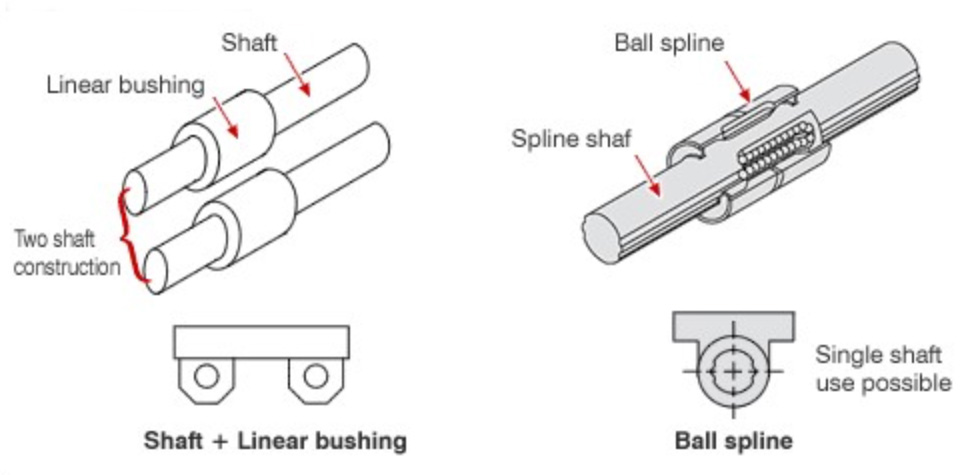
Traditional linear bushings are almost exclusively used in dual-shaft configurations in order to prevent the bearings from rotating as they ride on the shafts. But since ball splines are inherently anti-rotation, they can be used in single-shaft configurations. And replacing two shafts with one also means a smaller footprint, less weight, and easier alignment and assembly.

Image credit: NOOK Industries, Inc.
Linear and rotary motion in one
Rotary ball splines also provide excellent solutions for Z-theta axes on SCARA robots. The spline shaft provides the Z (vertical) movement, and the rotary bearing on the spline nut provides the theta (rotational) movement.
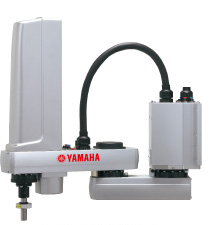
Image credit: Yamaha Motor Co., Ltd.
These properties also make rotary ball splines suitable for automatic tool changers in CNC machine tools.

Image credit: Nippon Bearing Company, Ltd.
Pick-and-place or assembly applications can also benefit from rotary ball splines. For example, transferring a part from one workstation or conveyor to another might involve picking the part from the first conveyor (vertical motion), rotating to the position of the second conveyor (rotary motion), and placing the part on the second conveyor (vertical motion). In this case, a rotary ball spline can be driven by a combination of a pneumatic cylinder for the linear motion and a belt and pulley system for the rotary motion.
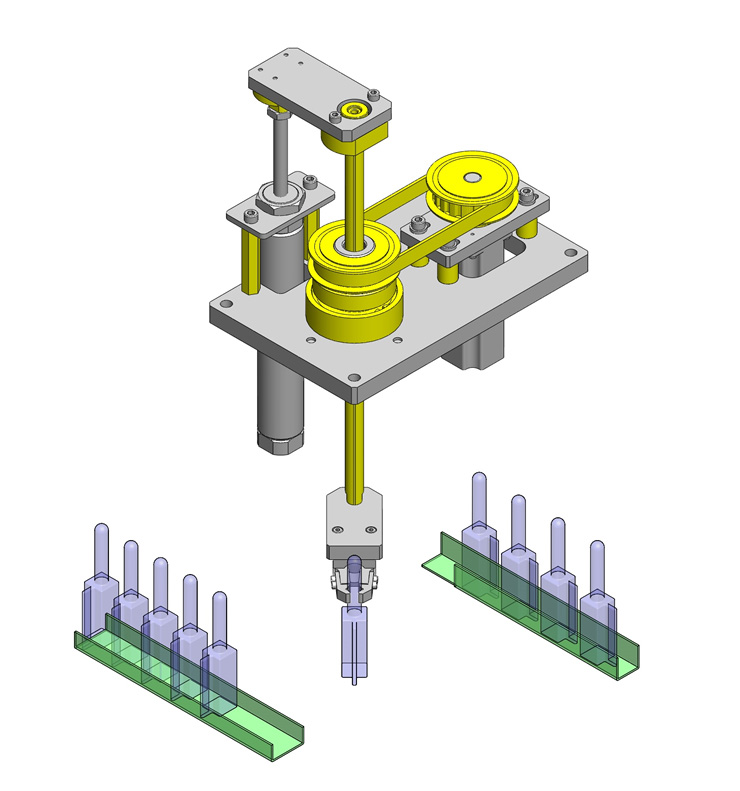
Image credit: Misumi Corporation

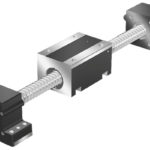
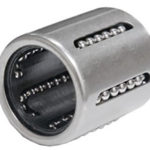
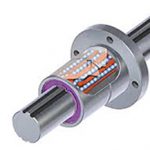
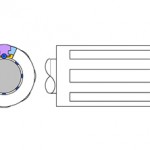
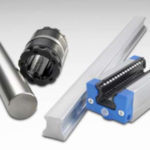

Leave a Reply
You must be logged in to post a comment.